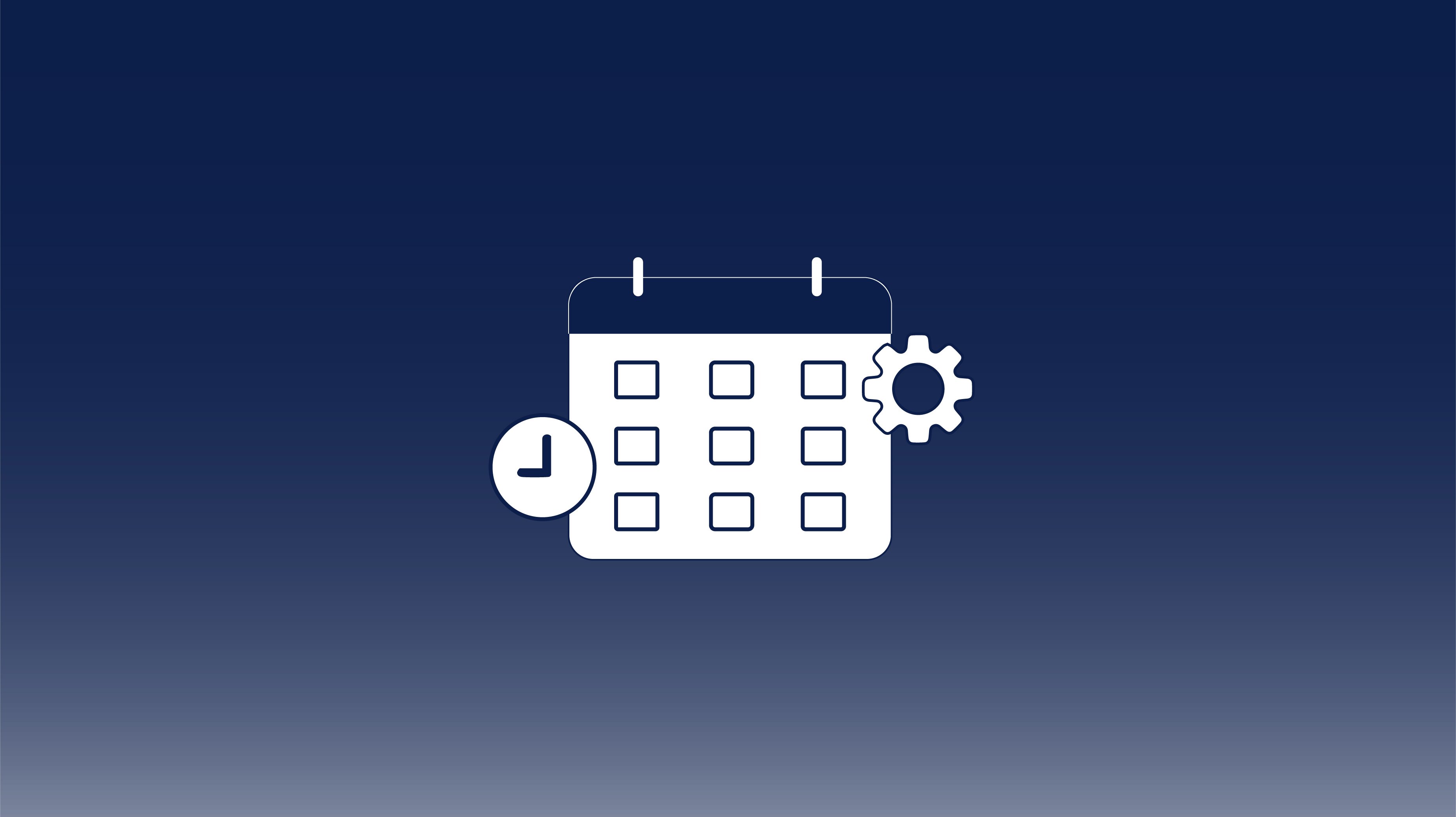Automated Accounts Receivable Programs: Cutting DSO by 30% in Six Months
In today’s economy, speed to cash is as important as speed to market. Companies that let receivables linger for 60, 75, or even 90 days are putting...

By definition it means ‘at or to the further side’ of a given object. However, the nuance that I’d like to extract out of it today is in the essence of it being greater than or further reaching than an original state. As a case in point, in our most recent blog post we examined three key reasons why accounts payable workflow software is an absolute must to a highly automated process. However in today’s take, I think it’s necessary to look past just the workflow at the other components that will take your productivity and processing capacity to the upper echelons of automation standards.
So in addition to accounts payable workflow software, here are three components that you should be leveraging to juice your accounts payable process for everything it’s worth.
Part of an effective automated accounts payable workflow software setup is the logic tree that drives the workflow forward. In plain terms, one of the best things about an AP workflow setup is that you can auto-route invoices to approvers or even auto-GL code invoices based on a variety of triggers. As an example, invoices from a specific vendor or sent to a specific location, can be auto-assigned in powerful AP software systems to wind up in the right person’s inbox, thereby eliminating all the extra manual touches in between receipt and final destination that beleaguer so many AP departments the world over. Eg. Apple or VMWare invoices might be auto-routed to an IT Executive, since that is the department head responsible for liaising and approving technology vendor invoices. The recouped time from the initial receipt and routing can mean valuable time gained in turning around invoices that are eligible for discounts and can thus be revenue generators (even in the back office, which is really cool!).
Additionally, BI can be used to auto approve invoices on a matching basis assuming the matching criteria is within a user-defined acceptability threshold. Say on a $5,000 invoice, that a 0.5% threshold was acceptable, it would mean that the invoice could be plus / minus $25 and automatically match for payment. By match, I mean reconcile automatically against PO or Receiving data or both. Once the match occurs and the BI checks the math, it can trigger the invoice close in the ERP and then execute payment if you have automated payments set up. If you don’t you should really look into it, because besides the EPD gains above, the next best way to monetize your AP process into a profit center is through ePayments!
While this is briefly mentioned in the preceding paragraph, it really merits further consideration. So many companies never invest strategically into their accounts payable process because they often run into the buzzsaw that is AP software sticker shock. This is especially true for those legacy companies that provide software in a traditional install base environment. The typical ROI period for those scenarios can range from anywhere between 12 and 24 months, but as we know, more demanding finance leaders want returns now not later. As such, a cloud or SaaS provider gives more flexibility when leaning upon a transactional costing model, and typically has lower start up fees. Now, with all of that as a backdrop there is an obvious and genuine desire for fiscal stewards to slash as much cost from the process as possible. However, the other side of the coin that doesn’t get nearly the attention it deserves is centered around optimizing payment types for monetization. This comes through a strategic and automated shift towards virtual card payment (ACH too, but that’s more from a cost reduction play). Through this approach, you tap into the interchange available between the clearing house and the vendor that is accepting payment. In many cases you can earn 1-1.5% on your spend, which is like picking up free money just for changing your payment type. On average, we’ve seen that nearly 33-40% of businesses are willing to accept virtual credit card transactions because they are faster, more secure, and easier to process than checks or other methods. Between this and expanding the scope of early payment discounts in your department, you have a latent ability to literally convert AP into a strategic profit center, a thought previously undiscussed in the AP landscape.
One of the key benefits of automated accounts payable workflow software is the total visibility that it delivers to you. By being able to see invoices at any stage in the accounts payable process, all guesswork for where something is at or how it arrived there is gone. Instead, a rich audit trail gives you insight into all decisions around a transaction and a powerful system gives you the means to expedite, delegate, and otherwise handle any situation. Reporting can be leveraged to automate month end processes like accrual forecasting or for delving deeper into analytics around your supplier base. There are some nifty tricks you can leverage reporting for as well, especially around the area of fraud prevention or around cyclical audits. The key thing is though that when all of your invoice data is indexed and searchable against multiple data points, you have a wonderful ability to extract value out of it that was previously impossible. For many people, the report generation tools within their ERP are very limited or are functions that have to be passed off to IT staff that have to execute special scripts just in order to pull the data, which can be a show stopper from ever getting the analysis in the first place.
Perhaps you’ve just read about these and have some questions about how this might look like in your environment? Well, part of figuring that out is assessing your current state of operations and going from there. If you’re interested in a free AP assessment to see how you stack up against leading, third-party industry benchmarks, then we’re happy to help you with that.

In today’s economy, speed to cash is as important as speed to market. Companies that let receivables linger for 60, 75, or even 90 days are putting...

Managing operational costs today often means balancing operational costs against tight margins, making it essential to join a group purchasing...